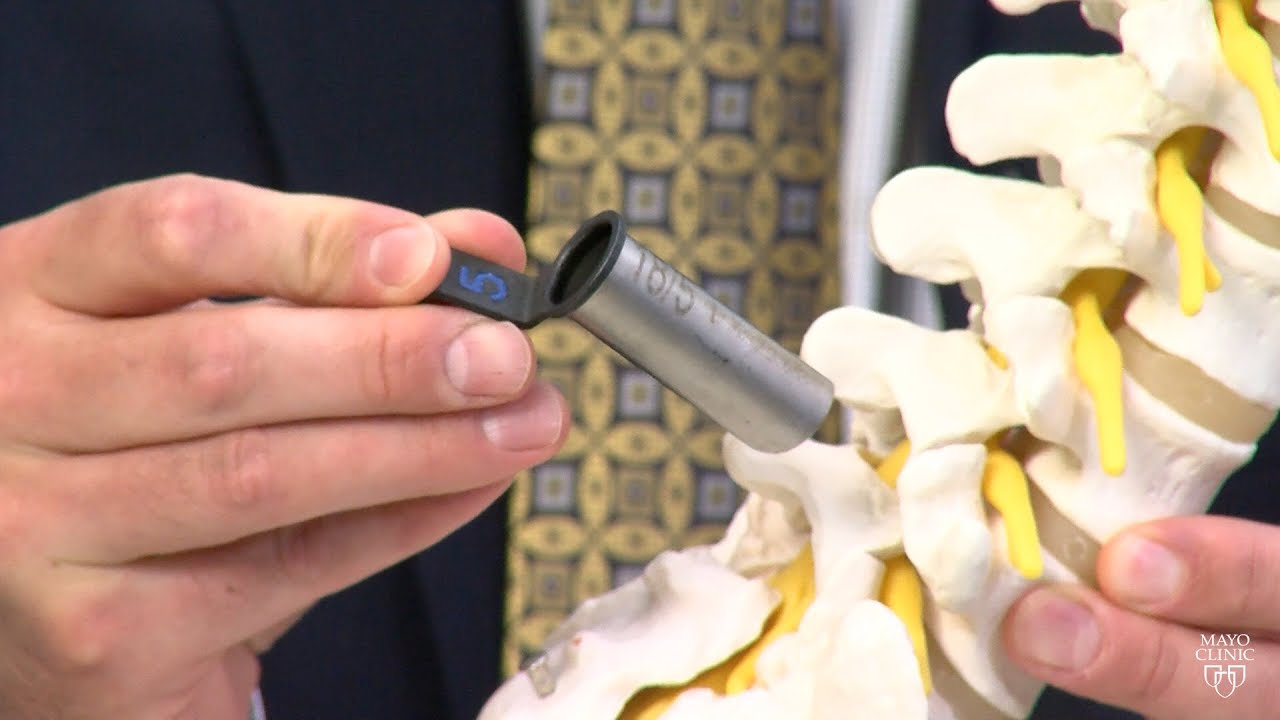Minimally Invasive Spine Surgery
Dr. Mukesh Dhande is a Spine Surgeon in Nashik, he performs minimally invasive spine surgery (MISS). It is a type of surgery performed on the bones of your spine (backbone). This surgery uses smaller incisions as compared to standard surgery causing less harm to nearby muscles and other tissues. Minimally Invasive Spine Surgery leads to less pain and faster recovery time post-surgery.
The standard method of doing spine surgery is open surgery. This uses a long incision down the back, for which the muscles and tissue around the spine need to be moved away causing no damage. In some cases, the tissue would need to be removed.

During MISS, the spine surgeon makes a smaller incision and then inserts an instrument called a tubular retractor, this instrument holds the tissue so that surgeon can reach the targeted area. It creates a hole in the problem area of the spine. It then gently shifts aside the muscles and soft tissue around the area. The surgeon then inserts small tools through the tunnel to work on the spine. A surgeon also uses a special operating microscope to view real-time X-ray images of the spine.

The purpose of performing minimally invasive spine surgery (MISS) is to stabilize the spine bones and spinal joints and/or to relieve the pressure being applied to the spinal nerves. As compared to open spine surgery, minimally invasive surgical approaches are faster, safer, and demand less recovery time.
Because of the reduced trauma to the muscles and soft tissues (compared to open procedures), the potential benefits are:
1) Better cosmetic results from smaller skin incisions (sometimes as small as several millimeters)
2) Less blood loss from surgery
3) Reduced risk of muscle damage, as less or no cutting of the muscle, is needed
4) Reduced risk of infection and postoperative pain
5) Faster recovery from surgery and less rehabilitation required
6) Diminished reliance on pain medications after surgery
Dr. Mukesh Dhande is a Neurosurgeon in Nashik, he explains that because the spinal nerves, vertebrae (spine bones), and discs are located far inside the body, for any procedure to get access to the spinal cord area, a surgeon requires to move the muscle tissue out of the way. In general, this is helped by using a small incision(s) and guiding instruments and/or viewing by microscopic cameras through these incisions. To book your appointments for spine surgery or spine-related problems with Dr. Mukesh Dhande please click here.
Frequently Asked Questions (FAQs) About Spinal Cord Injuries:
What is a spinal cord injury?
A spinal cord injury is a damage caused to the spine resulting in loss of physical functionality. Spinal cord injuries are caused due to car accidents, fall from a height, sudden trauma, or certain birth disorder like polio, spina bifida, etc.
What are the spinal cord and the vertebra?
The spinal cord is a bundle of nerves that carries the impulses from the brain to the rest of the body. Our brain and the spinal cord frame the central nervous system. The length of the spinal cord is about 18 inches long, and it extends from the base of the brain, proceeding down to the middle of the back, to the waist.
Surrounding the spinal cord are rings of bone called vertebra, which makes up the spinal column.
What are the types of spinal cord injury?
In all, there are 4 types of spinal cord injuries:
1) Cervical
2) Thoracic
3) Lumbar
4) Sacral
What are the most common causes of spinal cord injury?
The spinal cord injury is most often caused by accidents, or fall from a height, other reasons can be acts of violence. In the case of non-traumatic injuries, the causes may include cancer, osteoporosis, spinal tumors, multiple sclerosis, inflammation of the spinal cord, or arthritis.
